However, do you know different types of lavender, characteristics, and features? Let’s keep on reading to get a further explanation about the varieties.
Lavender plants belong to the Lamiaceae family have a fragrant aroma that many people love. The bluish-purple color which adds to the appeal of this flower is indeed lovely.
Lavender is a magnificent plant which is a common choice for most gardens. This type of plant not only creates an aromatic smell in the place where you grow it.
Any types of lavender often becomes a plant to decorate the rooms in a house and outdoors. The flowers are renowned for keeping mosquitoes away with their aroma and very much attracting many people.
1. Salvia Officinalis
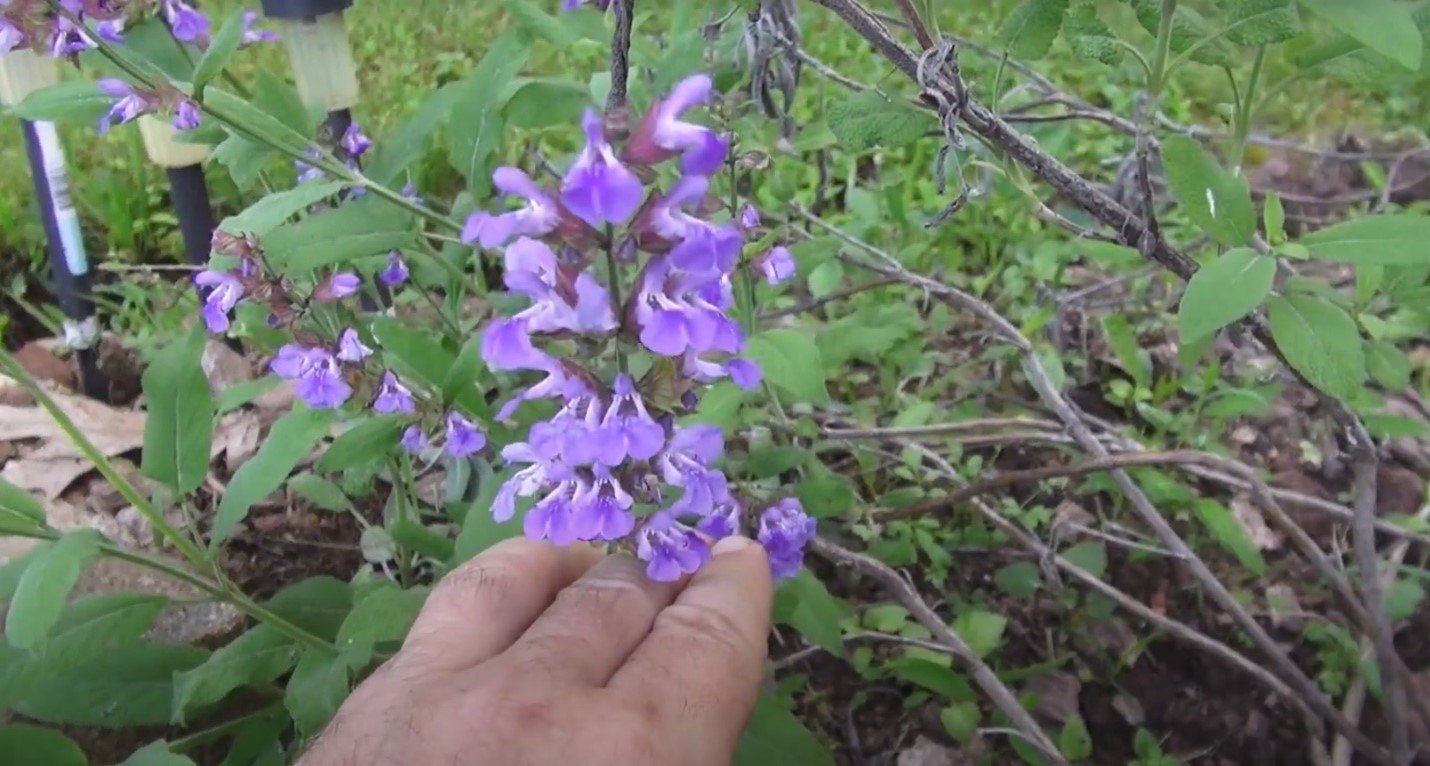
This type of lavender is also a garden sage flower originating from the Mediterranean with genus salvia. This plant is about 60 cm tall with oval leaves. Its leaves are 6.4 cm long by 2.5 cm broad.
The color of the leaves is unique, grayish-green with fine hairs.
The flower colors are various; purple, white, and pink, which are very attractive and pretty. Salvia Officinalis usually appear during the last moments of spring or summer.
2. Lavandula Stoechas (Spanish Lavender)
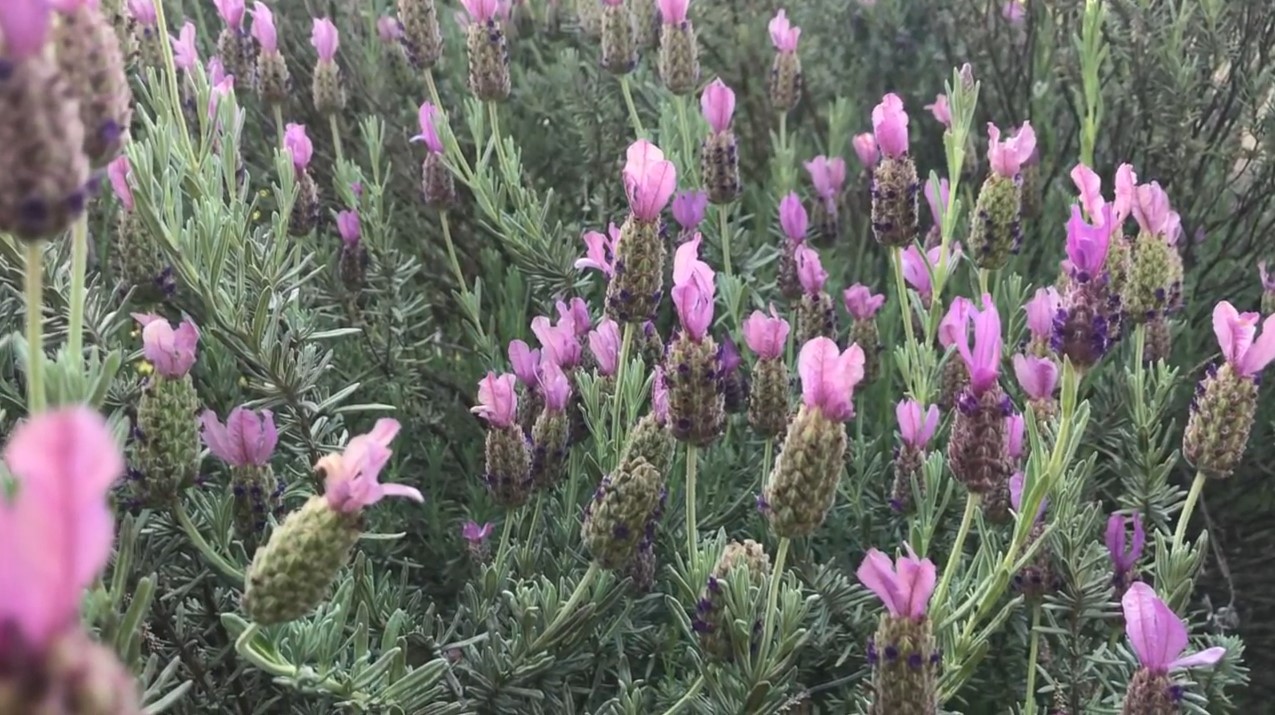
As the name suggests, this lavender originates from Spanish. However, you can still find this type of lavender in other countries such as France, Italy, Greece, Bulgaria, and Turkey.
Spanish lavender is about 30 to 100 cm, and some are around 2 m in height. Leaves 1 to 4 cm long have a grayish color, and the flowers are purple and pink with stalks 10 to 30 cm long, very beautiful.
The flowers will appear in early summer and late spring. If it blooms, the tips will be bright purple, with a diameter of about 1-1.5 cm. This type of lavender has a robust and fragrant aroma.
Related: Hydroponic Lavender 7 Crucial Point to Grow Adorable and Successfully
3. Lavandula multifida (Egyptian Lavender)

This type of lavender originates from the Canary Islands; Southern Portugal, Spain, Algeria, Tunisia, Calabria, Sicily, Morocco, Tripolitania, and even in the Iberian State. Canary Island is isolated in the Nile valley.
Egyptian lavender is quite simple but still attractive. This flower has a gray stem color and hair on the stem. The leaves are double fin-shaped with lovely flowers; purple, violet-blue, or dark blue.
4. Lavandula Lanata
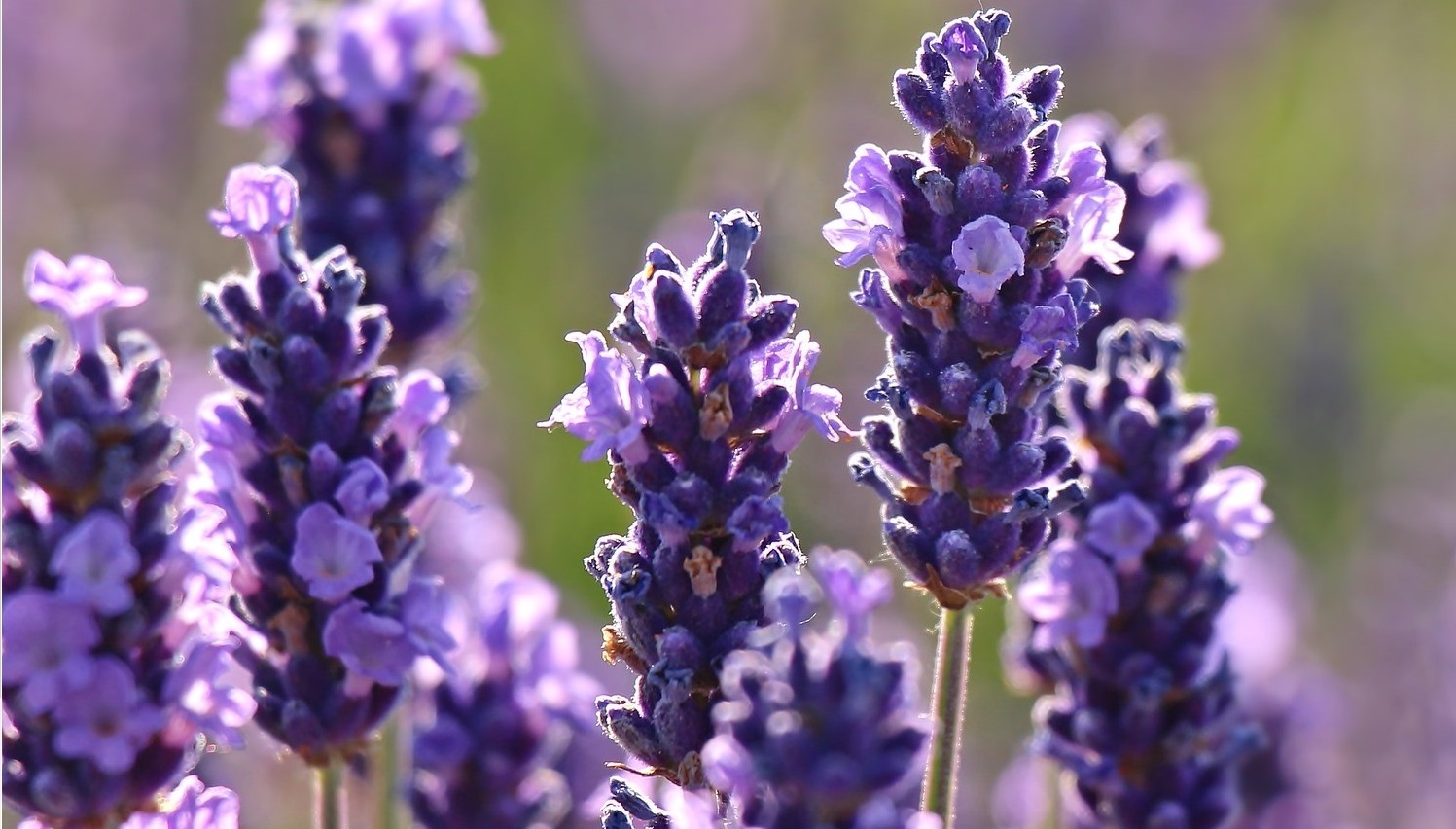
Lavandula Lanata comes from Southern Spain. This type of lavender’s distinctive feature is the hair or fine hair you can find at the end of the stem to the flower’s tip. Due to those fine hairs, this plant is silver on its leaves, and the flowers are dark purple, like lavender in common.
5. Lavandula Angustifolia
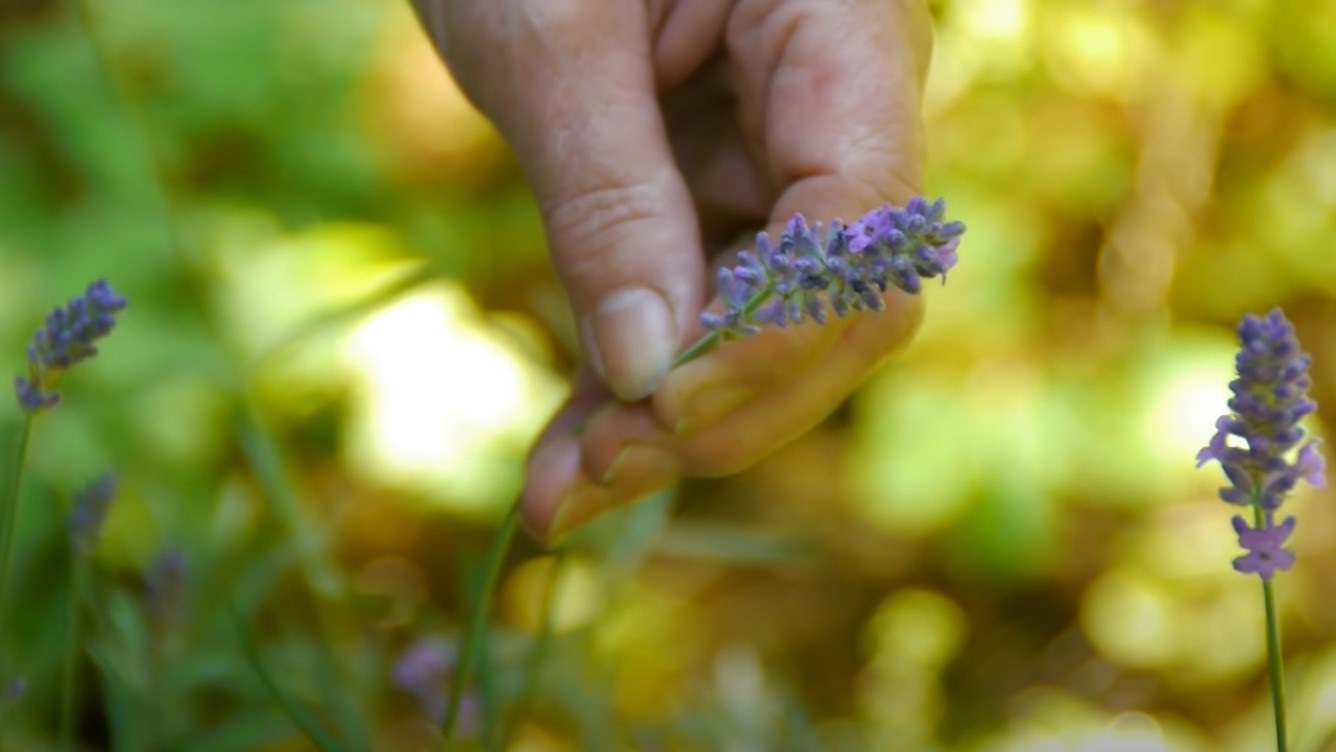
This type of lavender comes from Spain, Italy, Croatia, France, and other Mediterranean regions. Lavandula Angustifolia is known as English lavender, although it does not originate in England.
This aromatic shrub can grow up to 1 to 2 meters with green leaves 2-6 cm long and 4-6 mm in diameter. The magnificent flowers come in a gorgeous purple and pink color that matches the green leaf color.
6. Lavandula Rotundifolia
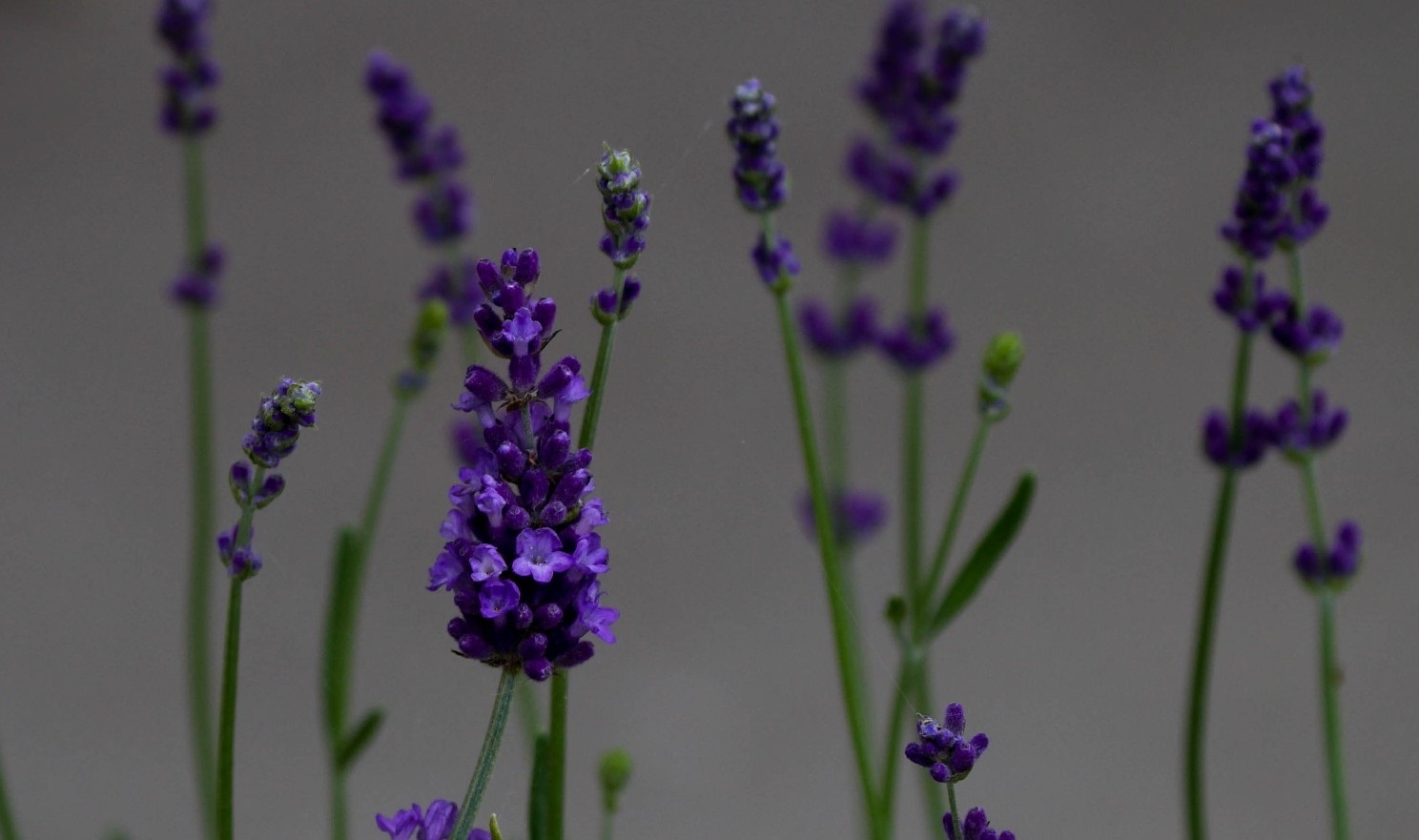
This type of lavender comes from the Cape Verde region and grows in the highlands located in Santiago. This flower has the same shape as lavender flowers in general. The stems and leaves are grayish-green, and the purple color of the flowers makes them look fascinating.
7. Lavandula Pedunculata

This type of lavender is from Iberia, Western Turkey, and Morocco. This plant has grayish-green leaves like lavender in common, which are serrated at the narrow ends. The pink and purple flowers will bloom in summer.
Lavandula pedunculata is an aromatic dwarf shrub with narrow grayish leaves. It bears a bushy and oval head of small purple flowers.
One of these types of lavender has 60 cm in height. To get satisfying results, grow Lavandula Pedunculata in well-drained soil in the brimming sun. Cut back the flower stalks when finished, then prune the plants back in April.
8. Lavandula Dentata (French Lavender)

French Lavender has a strong aromatic. This type of lavender comes from the Mediterranean, Atlantic Islands, and the Arabian Peninsula (Morocco, East Spain, and Algeria).
This flower reaches up to 60 cm in height with grayish-green leaves. Its shape is like a spear with teeth at the edges, but it has a light texture like wool. The flower is purple, and the gradations on the edges are lighter; pale purple.
9. Lavandula Pinnata
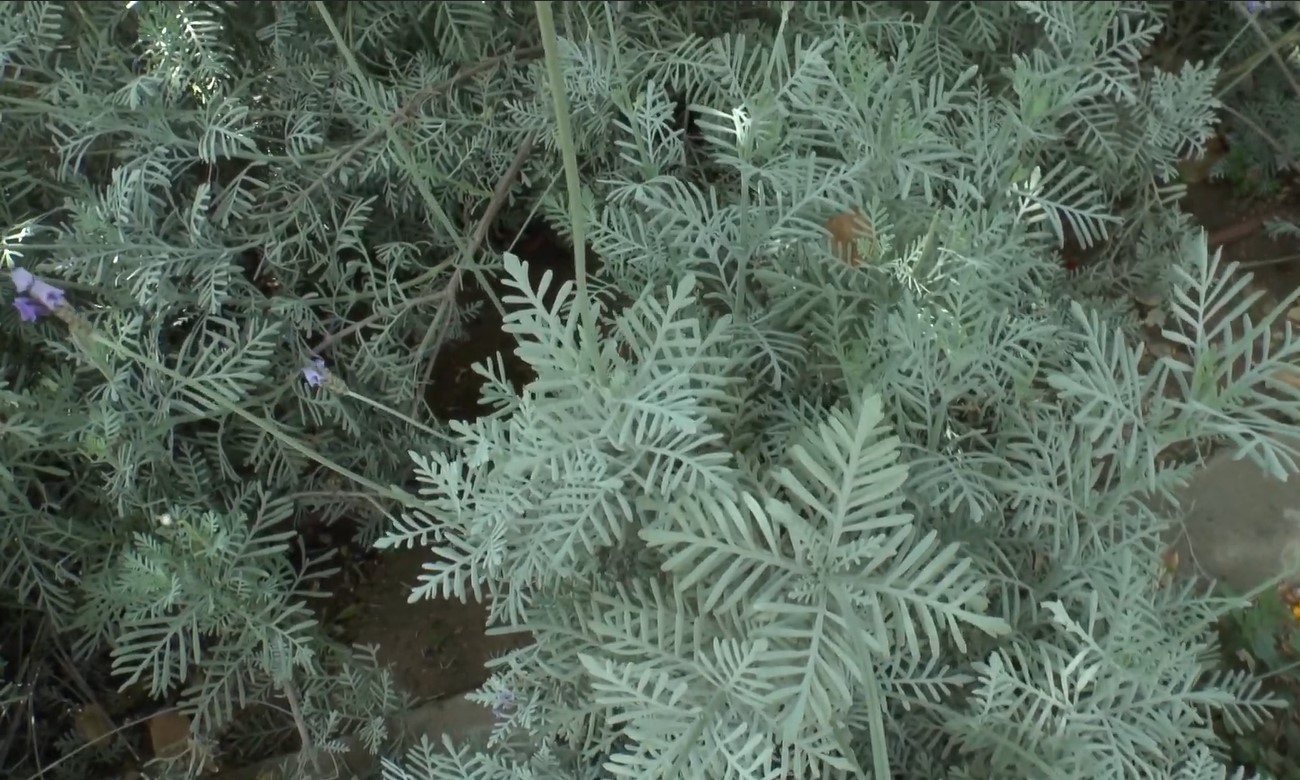
This type of lavender is from the Canaries and Madeira region. It has the characteristics of flower stalks that have purplish branches, while the beautiful flowers will appear in summer.
10. Lavandula Latifolia (Portuguese Lavender)
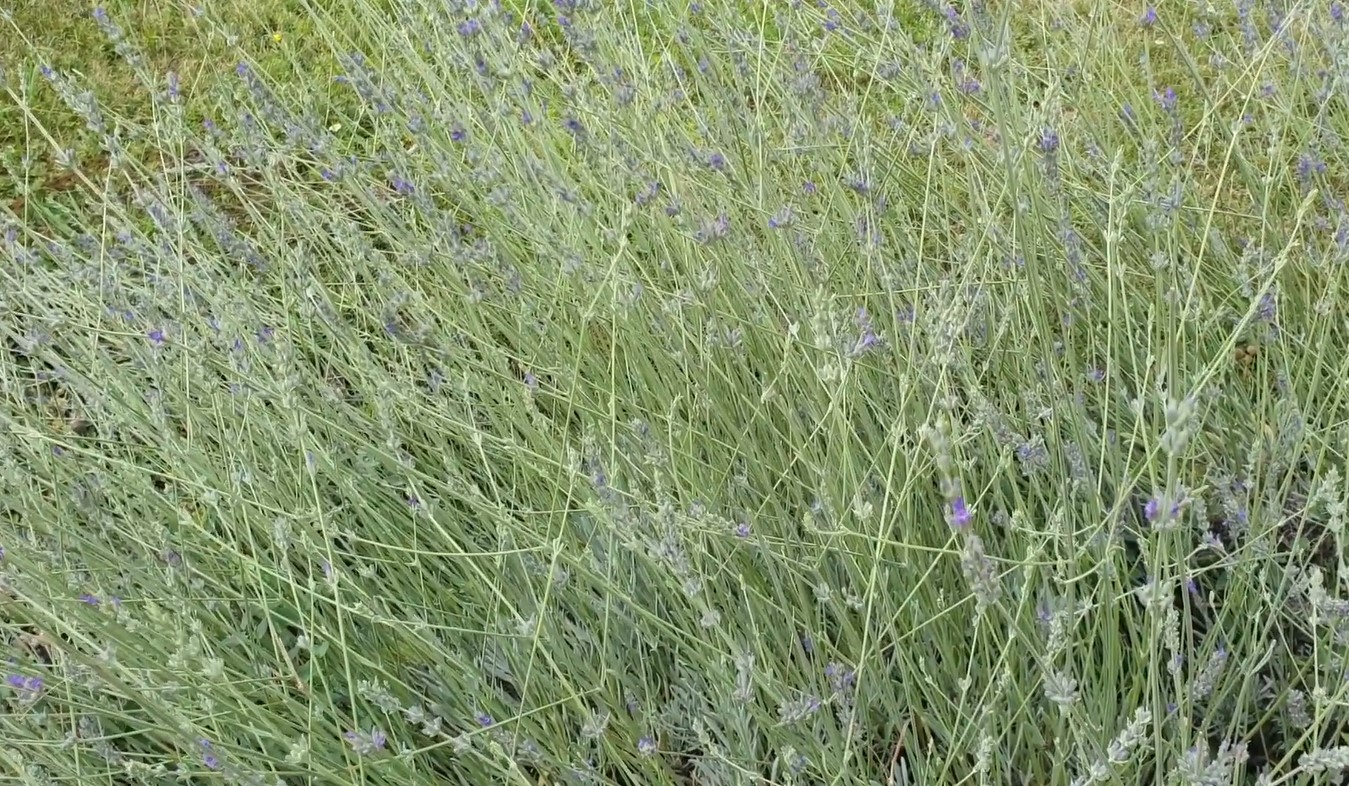
Lavandula Latifolia comes from the western part of the Mediterranean; Portugal, Spain, Northern Italy (Liguria), and Southern France. This type of lavender is stronger than Lavandula Angustifolia.
This plant is about 30-80 cm tall with green leaves 3-6 cm long and 5-8 mm wide. Their marvelous flowers are pale purple with stalks that are 20-50 cm long, and the flowers will bloom from June to September.
11. Lavandula X Intermedia ‘Grosso’
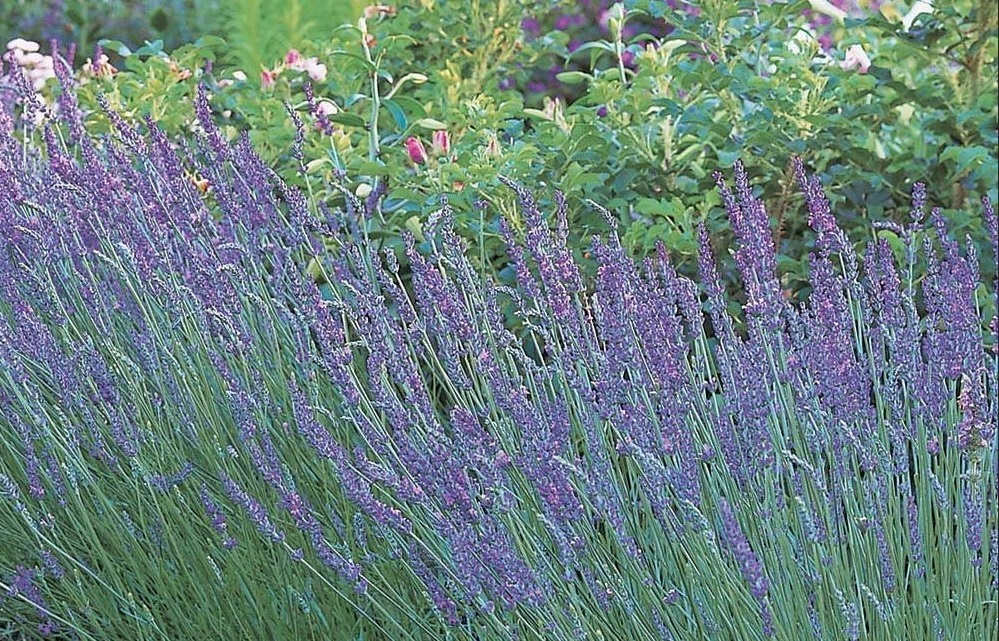
Lavandula X Intermedia is a popular hybrid lavender that mixes both the cold-hardiness of English lavender and Portuguese lavender’s heat tolerance. This type of lavender is usually taller than English lavender. They grow in the dense bush up to 24-36 in (60-90) tall.
They perform well in dry to medium, well-drained soils. Their flowers will bloom from early to late summer. The long, loose-fitting plant with highly fragrant flowers, ranging from deep purple to white, adorns one of these types of lavender.
12. Hidcote Giant Lavender
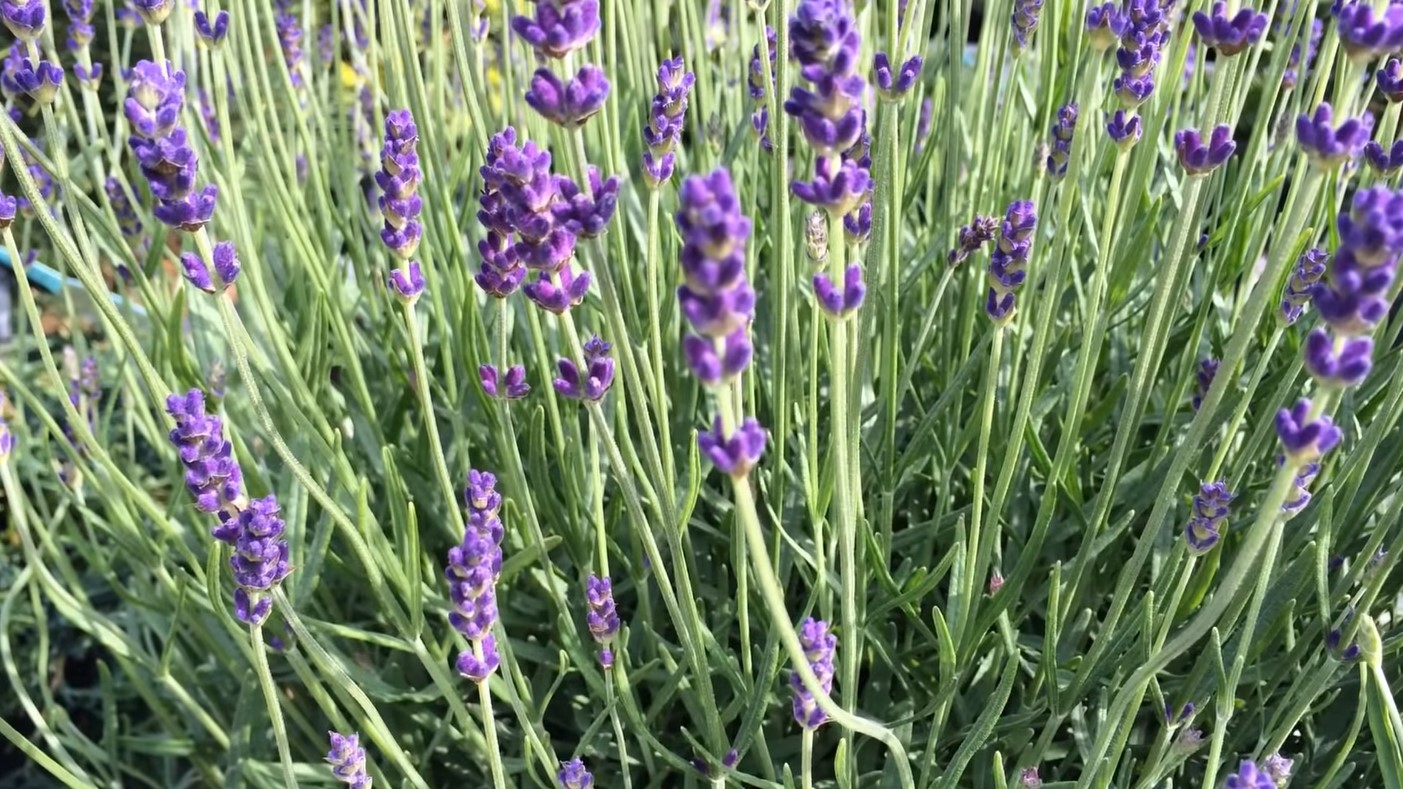
The medium or light purple flowers attached to long stems make Hidcote Giant, unlike a tiny native English variety lavender. This type of lavender is a tall hybrid, which is a much better choice for summer.
Hidcote Giant is a unique combination variety that can grow up to 3 feet tall. You can see they are increasing in zones five to eight and are flowering in summer. They do best in dry soil, but drainage and air circulation are still necessary.
13. Thumbelina Leigh English Lavender
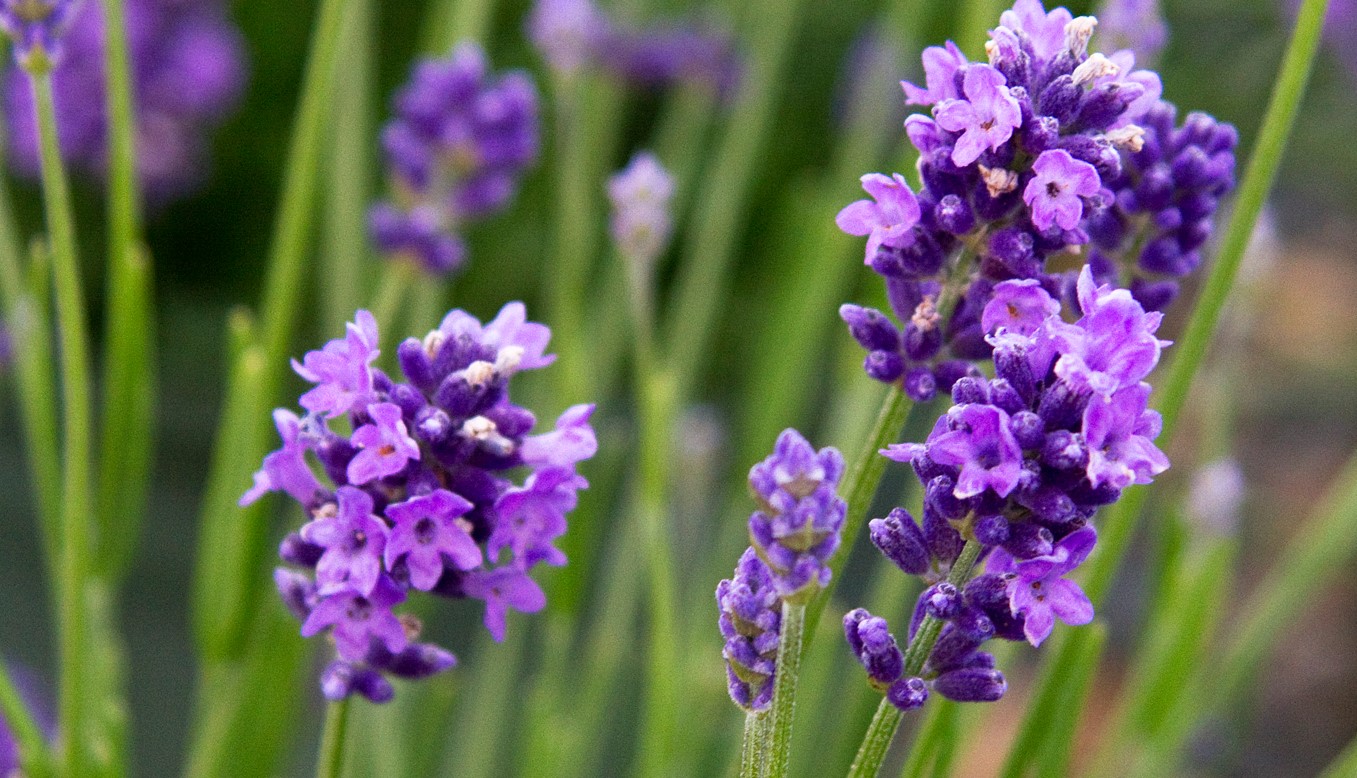
As a small variety of this type of lavender, Thumbelina Leigh has a hefty aroma. They can only grow to be about 1 ft in height to do a fantastic border for a tiny garden. They are best in well-drained soil and full sun.
14. Miss Katherine Lavender
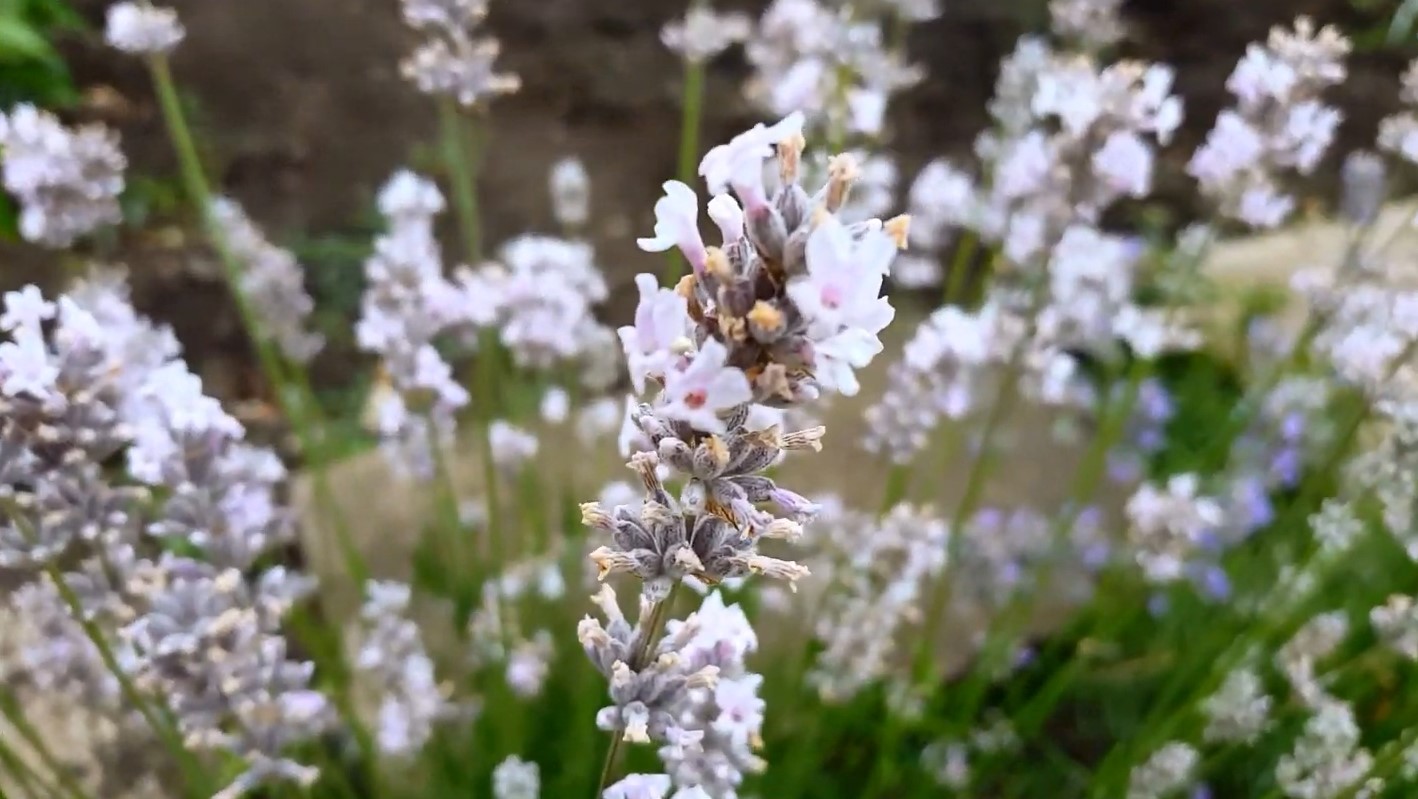
You probably don’t think of lavender in pink color. Still, this densely flowered option produces lots of spikes of bright pink flowers during summer. Blended with purple and white flower varieties, and you will get a more profound contrast.
15. Spike Lavender “Spica”
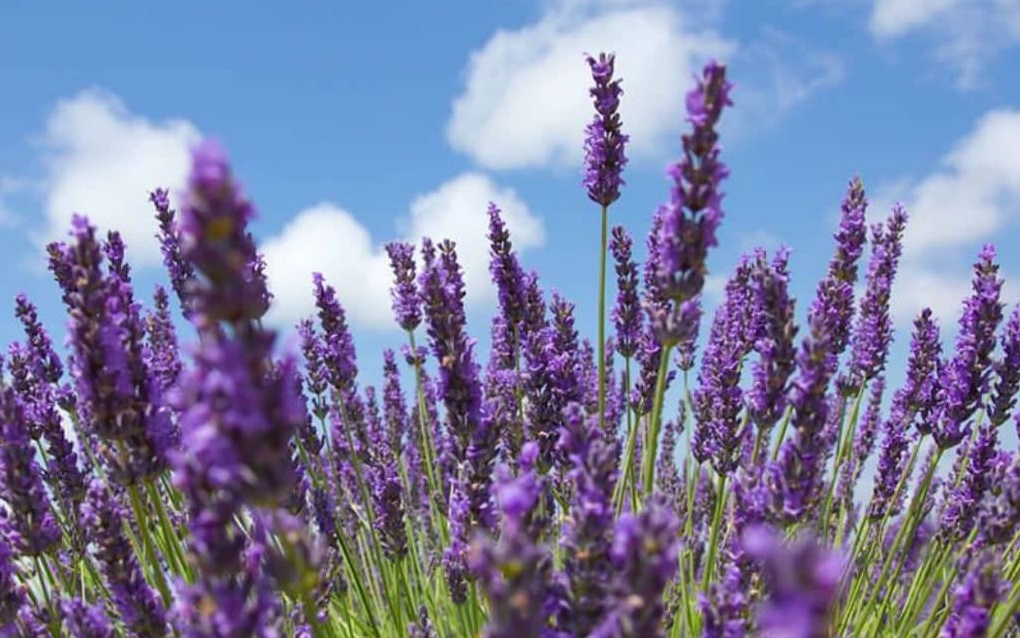
Its aroma contains a hint of spices and camphor in addition to the scent of lavender. Spike lavender is very fragrant and is one of the lavender commonly used for perfume ingredients. On the other hand, this type of lavender is best for calming stress, anxiety, easing aches and pains, an expectorant, and promoting sleep.
16. Rosea Lavender
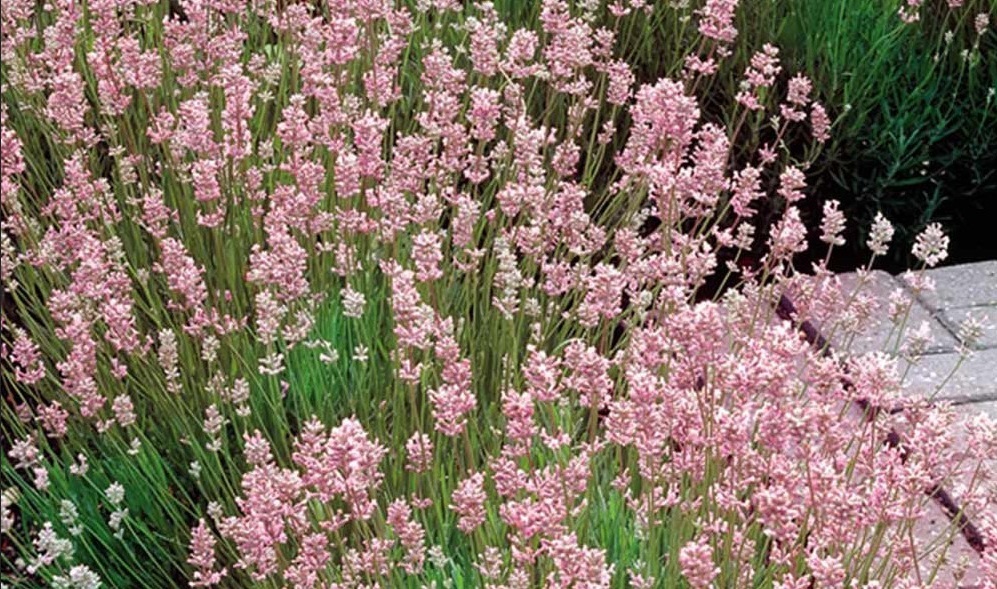
Another pinks blooming lavender, Rosea, is a fragrant variety that can grow up to 3 ft tall. This type of lavender grows extensively in full sun and alkaline soil. It tolerates high heat and drought easily.
Its fragrant is ideal for attracting pollinators. One of these types of lavender is suitable for perennial borders, herb gardens even low hedges.
17. Melissa Lilac
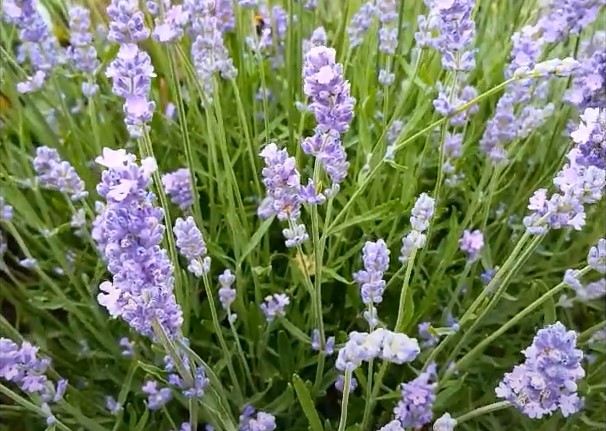
Melissa Lilac is a beautiful lavender with purple blossoms, fragrant purple spikes, and silvery-gray leaves. Grow it towards the mixed herb border, use it to line a pathway, or cut it into an informal hedge.
For great results, plant Melissa Lilac in well-draining soil in full sun. Cut back the flower stalks once it’s finished, then prune the plants back in April, if you think it’s necessary.
18. Betty’s Blue
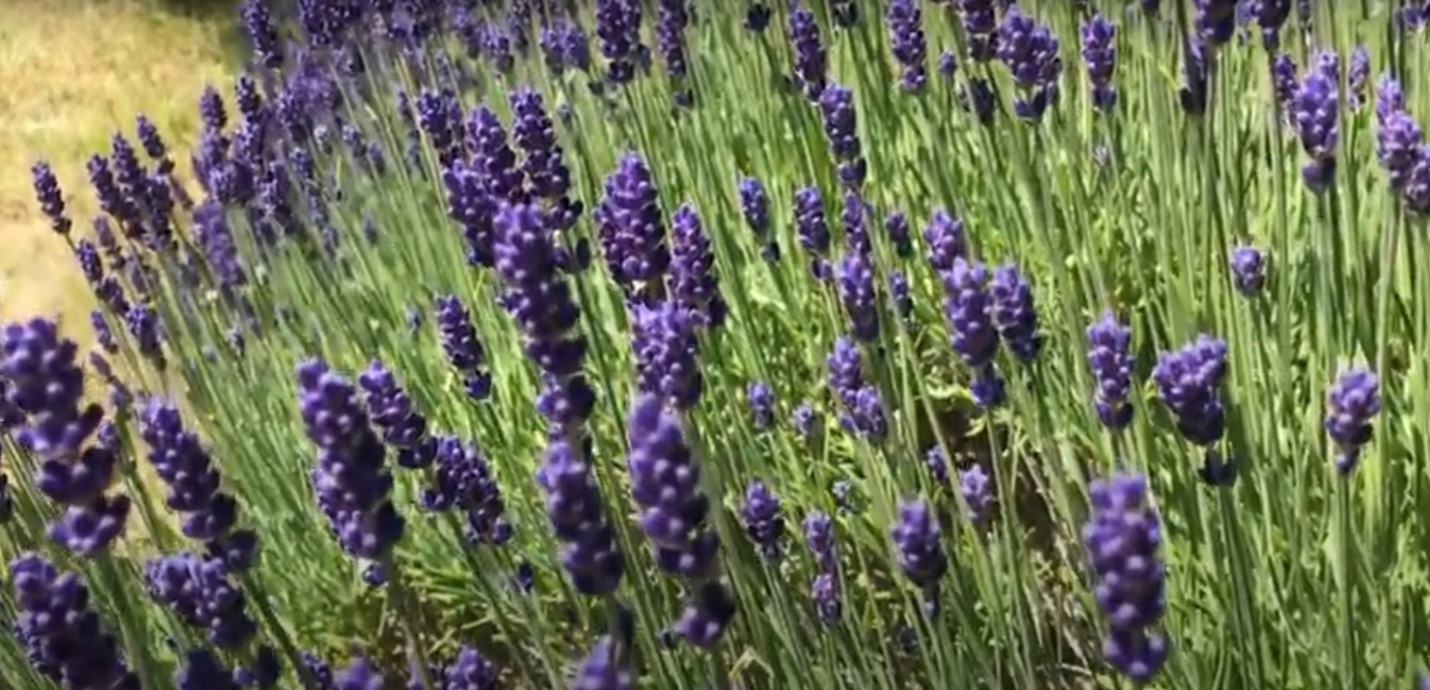
Betty’s Blue is an excellent multi-use plant as an herb for fragrances, oils, decorations, and immensely pleasing landscapes. It has a dense bush with greenish-gray leaves.
The flowers of this lavender are fragrant and come in dark purple to blue hues. You can enjoy the blooms in late spring to early summer.
You can cut the stems annually in spring to control the size. It prefers full sun but still will handle some shade.
19. Little Lottie
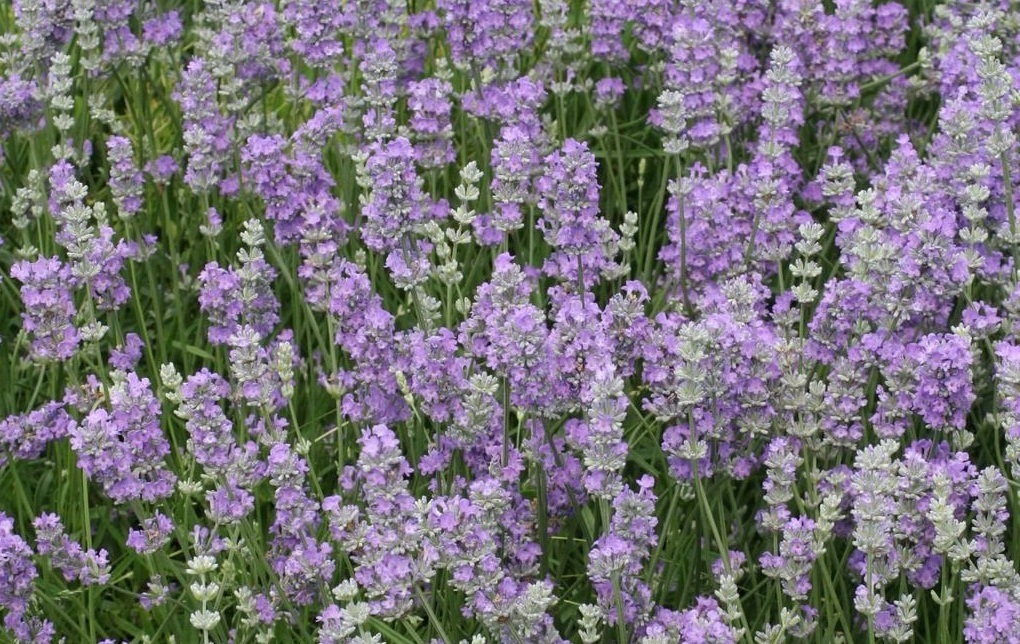
This type of lavender flourishes between late spring and early summer. It consists of masses of gorgeous light pink spikes, making it a favorite choice for containers and even culinary aims. Little Lottie prefers full sun and good in medium to dry soil.
20. Loddon Blue
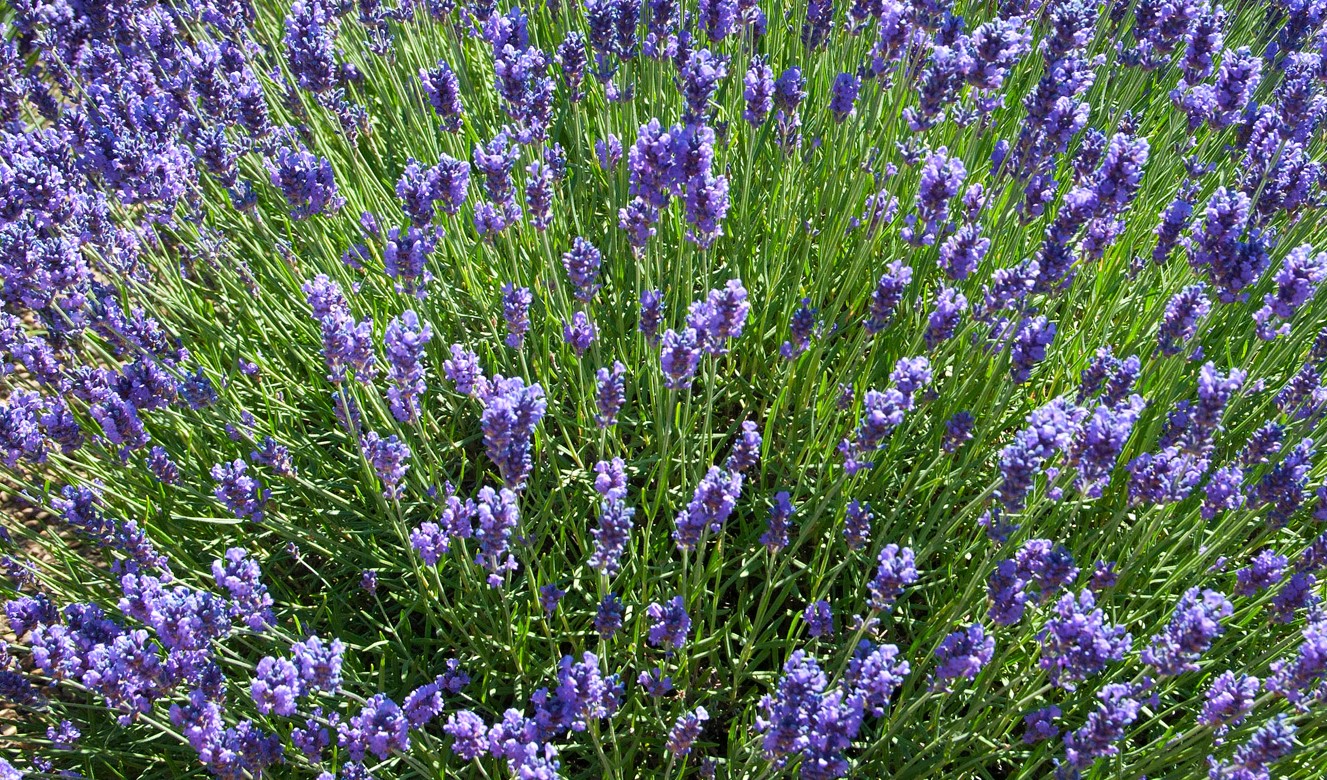
Loddon Blue is an evergreen dwarf shrub with a strong aroma, growing 40-50 cm tall. It features gray-green foliage and purple or blue blossoms produced on spikes at the top of a slender, leafless steam 10-30 cm long.
As compact mound shaping lavender, it works well when you plant it in front of a border, in a pot, or as an informal flowering hedge. The evergreen nature of the leaves, making it an ideal wall and garden plant as it will give a garden structure around the world.
21. Kew Red
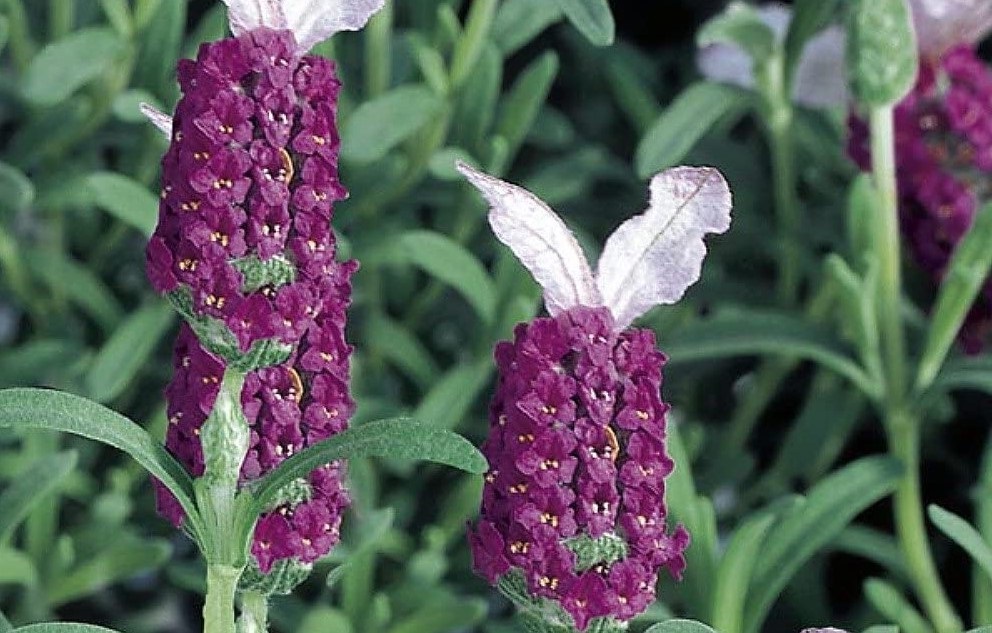
Kew Red is a compact, round selection with shorter flower stems than other types of lavender.
This variety features unusual cone-shaped blooms are a lovely addition to fresh bouquets. It also has silvery color foliage that contrasts bright colors in mixed plantings. Bees and butterflies do love Kew Red!
Relate: What Does Lavender flower Meaning? The 3 Most Important Facts About Lavender
22. Munstead Lavender
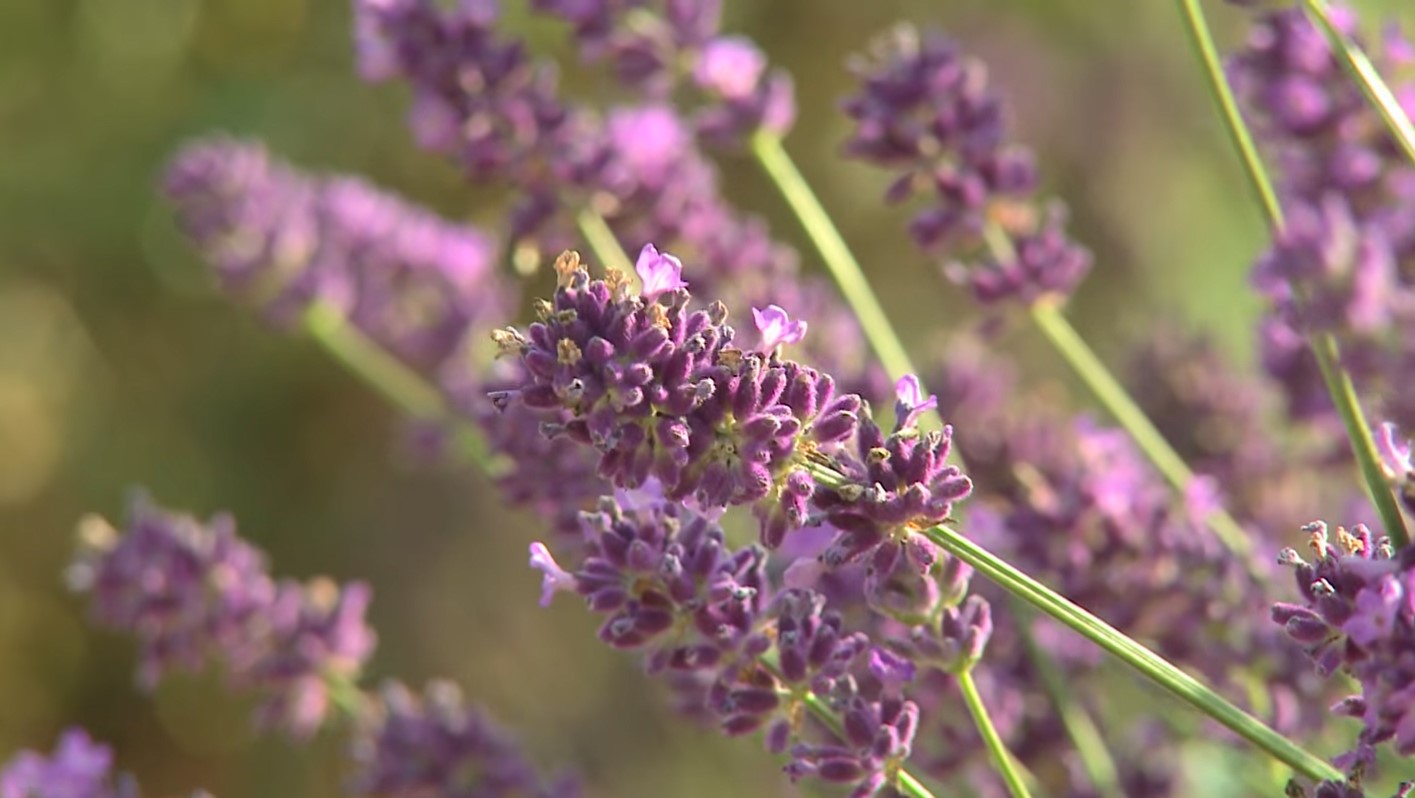
Munstead is a sturdy yet attractive green shrub with a mound, aromatic, gray foliage, and lots of fragrant lavender-colored ferns. Many factories usually use this type of lavender for oil, perfume, and sachets.
The dried stalk will keep insects away when placed in a cupboard or room. Munstead is suitable for perennial borders, rock gardens, herb gardens, and mass planting.
23. Provence Lavender
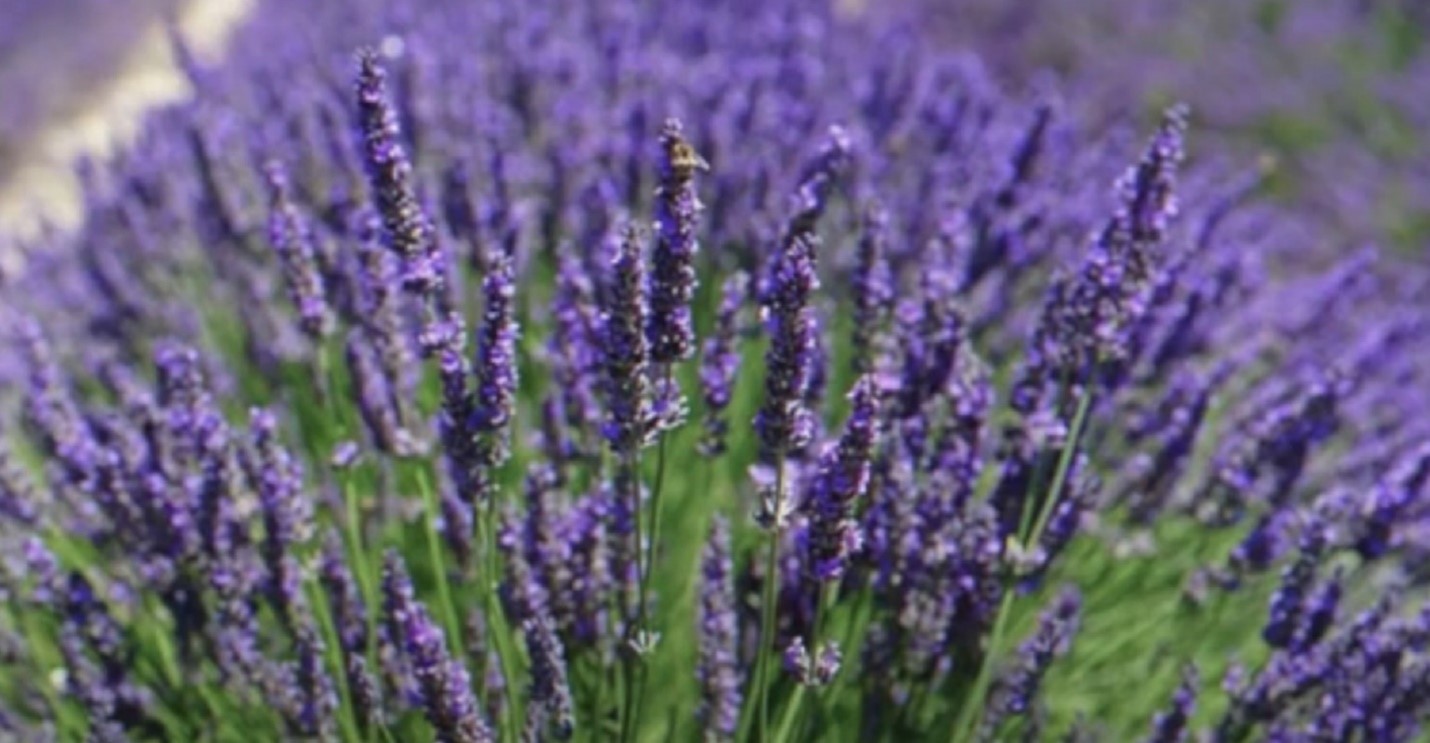
If you stay in a humid place, Provence lavender is one of the best lavender plants to grow as it does excellent in those conditions. They consist of large, pale lavender petals, make them superb for hedges. This type of lavender can grow up to 3 ft tall and has one of the most intense fragrances of all the other types.
24. Nana Alba
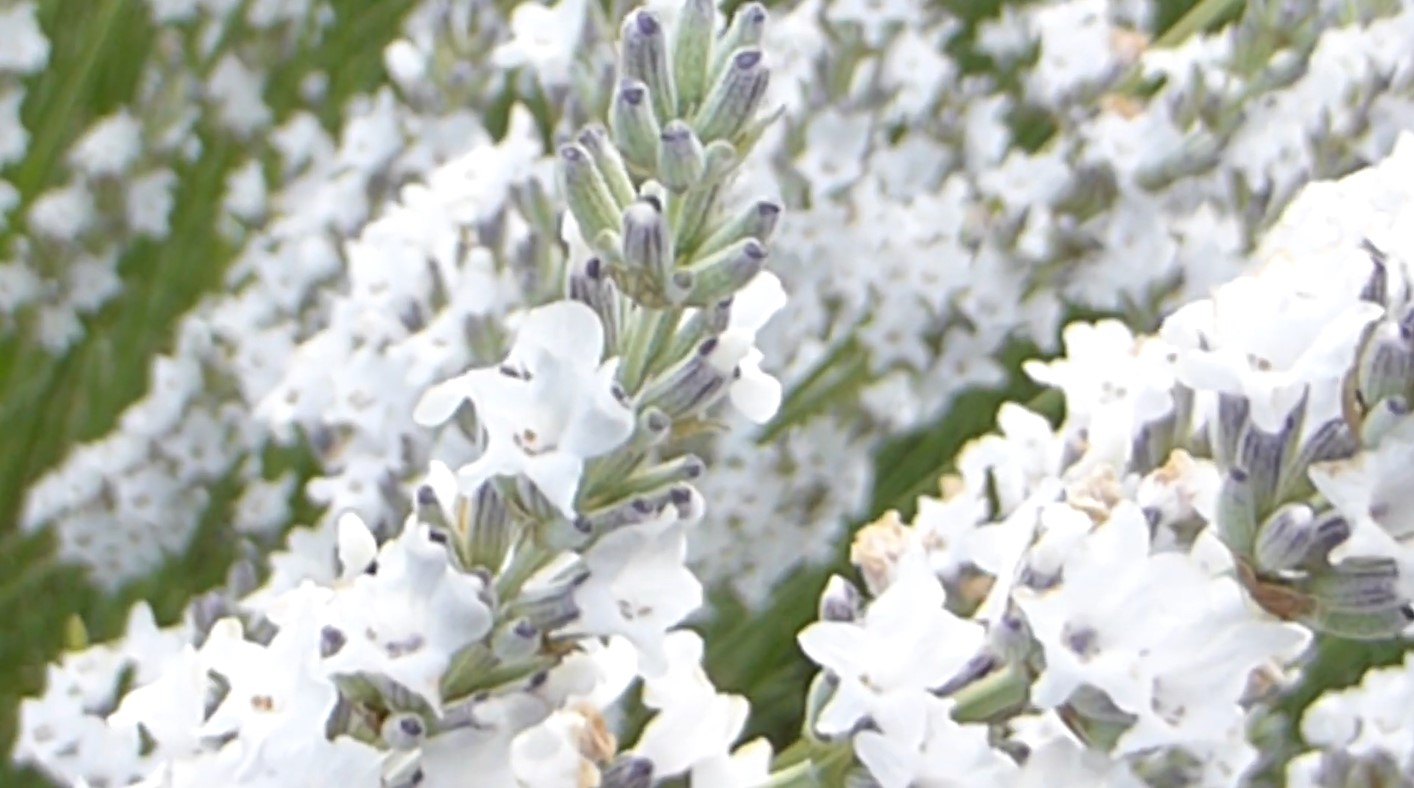
Nana Alba blooms once in midsummer and consists of snowy white flowers with short spikes and attractive green-silver foliage. The blossoms bloom, and their fragrance lasts a very long term. It’s great for white and small gardens, even containers.
25. Regal Splendor
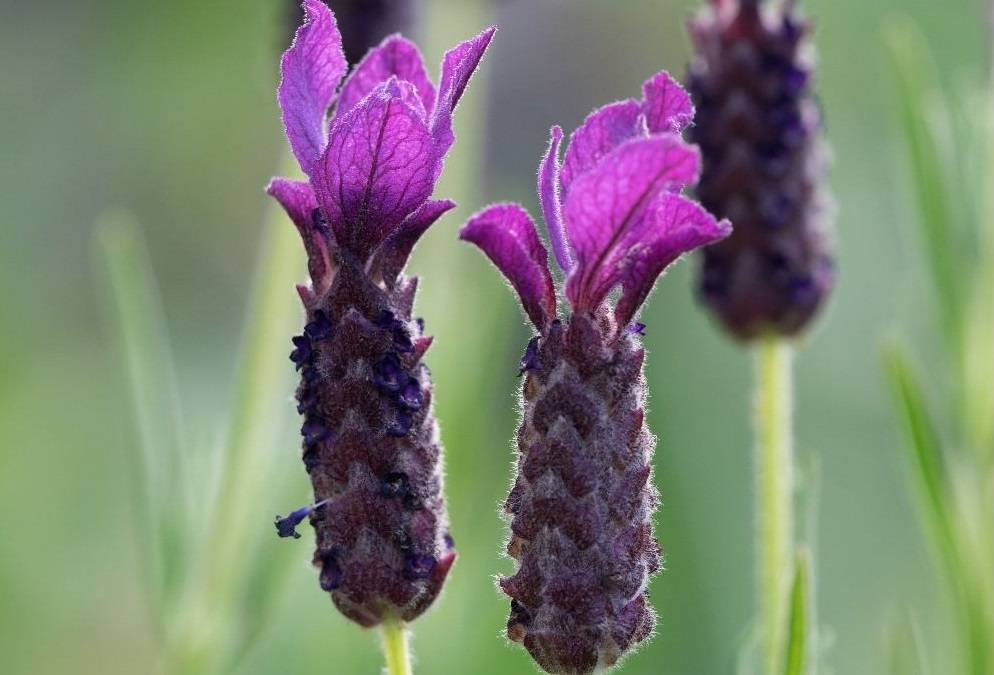
This type of lavender is an alluring addition to the garden, given the very different look of its blossoms and the intense aroma of the bright green foliage. Regal Splendor features fleshy. Creamy violet-blue violet flower heads topped with long pinkish-purple bracts producing a pleasing contrast.
Their flowers will bloom from mid-late spring to late summer. Flowering usually happens as early as May. Regal Splendor can grow in a bushy mound up to 60-70 cm tall and 75-90 cm wide. The leaves are long, soft gray-green, and pointed.
They are best in dry to medium, sandy, poor, well-drained soils. They attract butterflies and bees and are excellent for creating great hedges in summer.
26. Royal Velvet
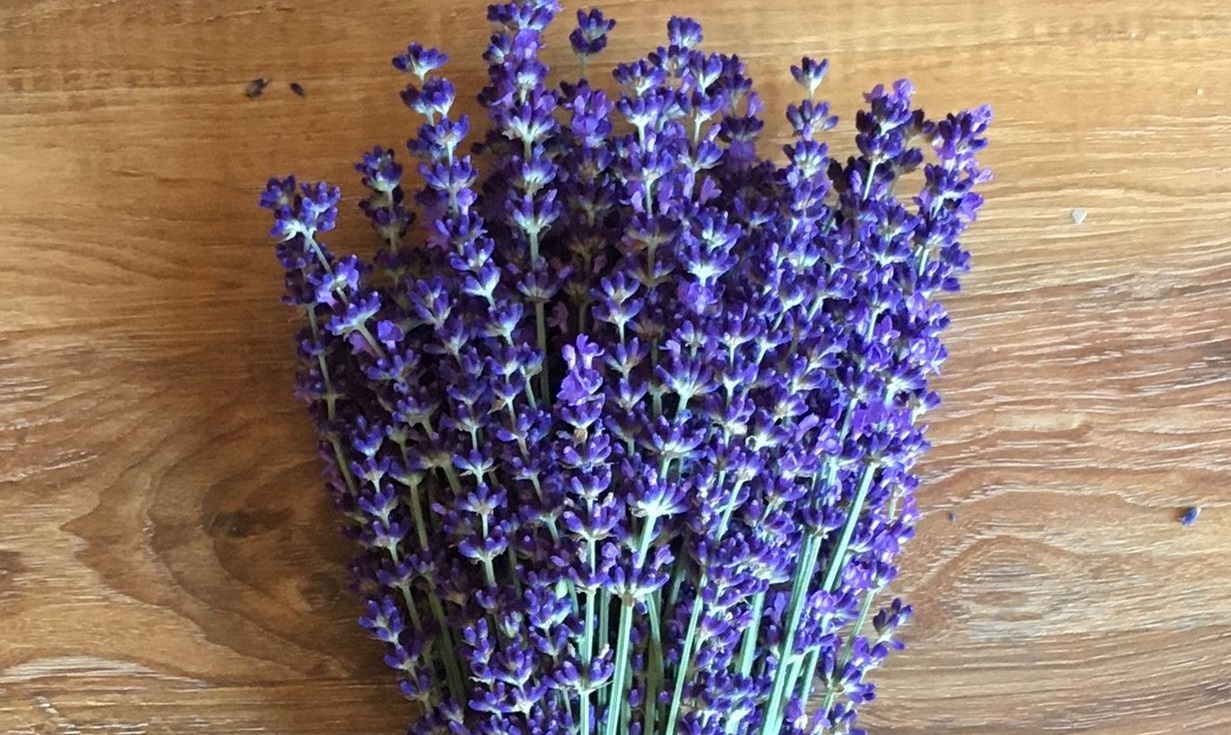
This type of lavender is striking when the blooming plant is covered with spikes of long-stemmed dark blue-lavender flowers. The 3 to 4-inch long flower spikes, which are longer than Hidcote Giant lavender, have a unique dark color like dried flowers.
Home gardeners will enjoy it for its fast growth, long bloom periods in late spring or early summer, and wet winter tolerance.
27. Impress Purple
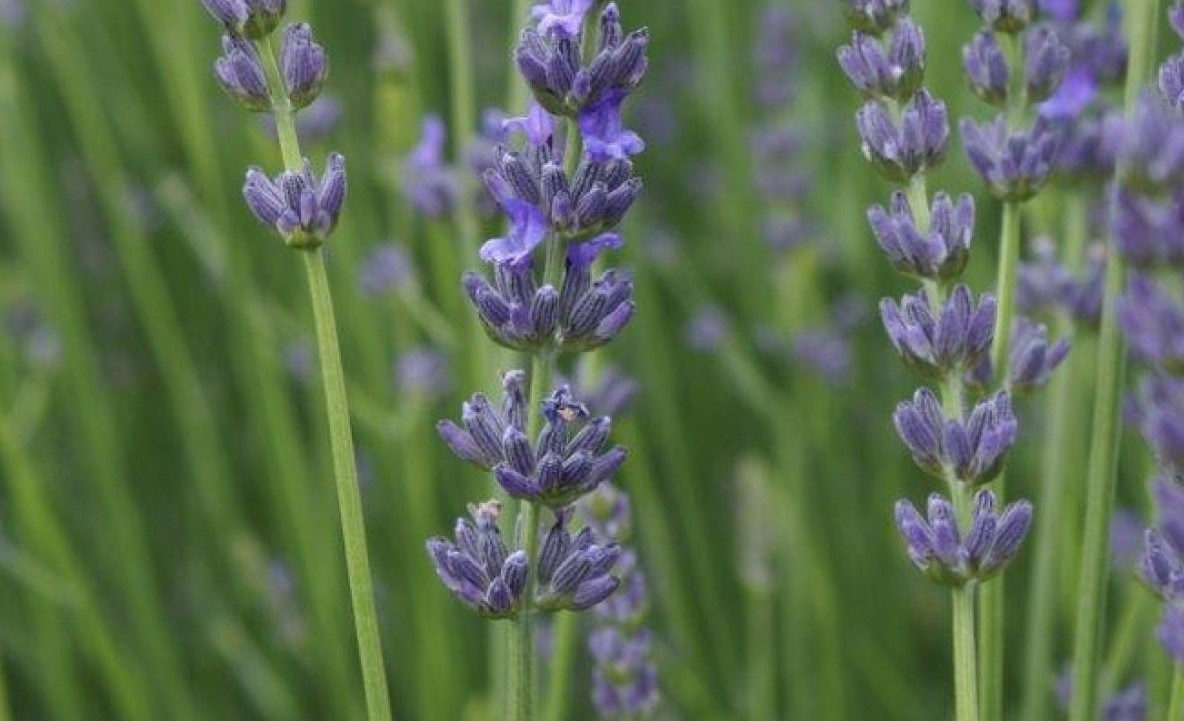
This type of lavender is a superb choice for new bouquets or vases. Impress Purple features aromatic deep purple and fascinating green foliage. It typically grows up to 30 inches high, does best even in dry soil, and does an excellent job attracting bees and butterflies.
28. Twickle Purple
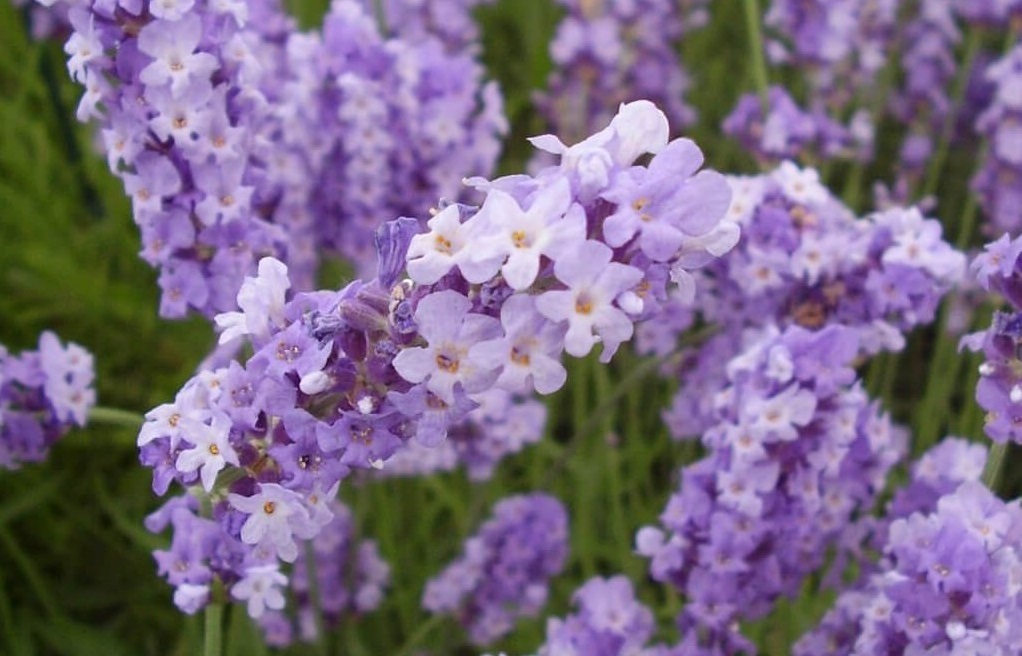
Twickle Purple is a robust scented shrub that grows to 20-40 cm tall and is famous for its beautiful floral scent and greenish-gray foliage. This type of lavender’s flowers is deep purple produced by spikes at the top of a slender. It is leafless stems 10-30 cm long and is very attractive to bees.
Those are some different types of lavender. They have various characteristics, benefits, and features. To sum up, the information we have shared would be useful hopefully.
Those are some different types of lavender. They have various characteristics, benefits, and features. To sum up, the information we have shared would be useful hopefully.
What Types of Lavender is Most Fragrant?

In this case, the best answer is “Lavender, Lavandula angustifolia, Lavandula angustifolia ssp.
The flowers of Lavandula angustifolia are among the world’s most expensive, according to some sources.
Conclusion
In conclusion, Lavender is an herb with many characteristics. It has a wide range of uses in different areas, including cooking, beauty, and health. It can be used in both food and beverages. The type and aroma of lavender will depend on where it was grown. This article will cover 28 types of lavender as well as their features and characteristics.